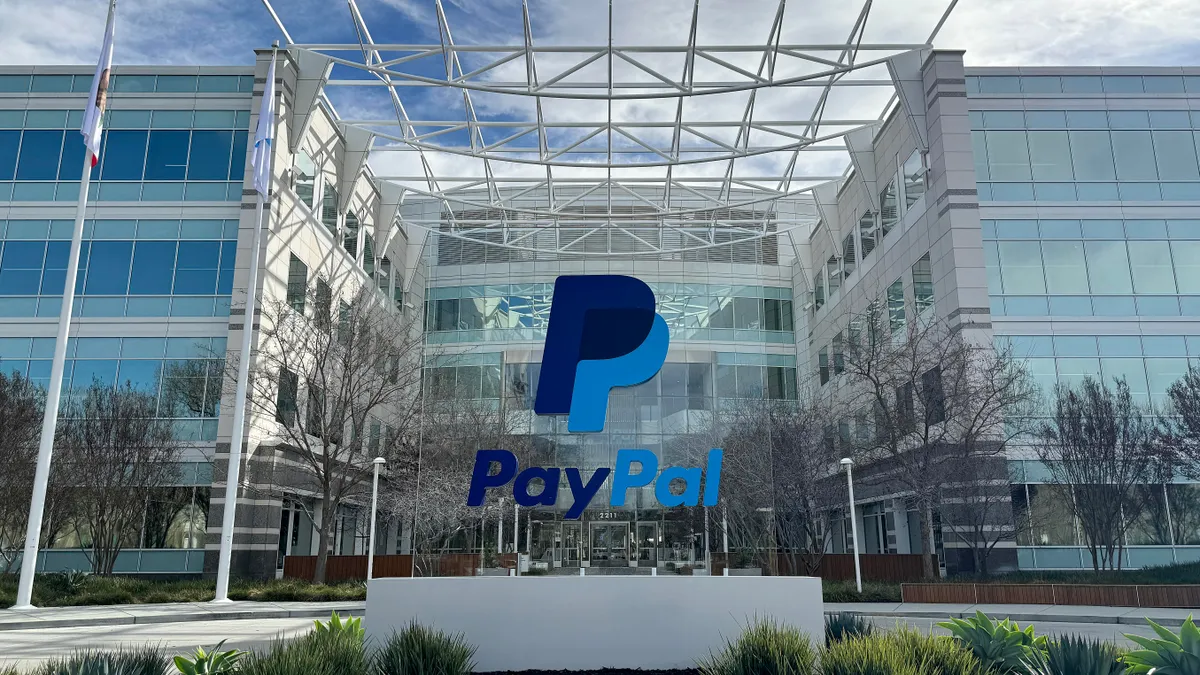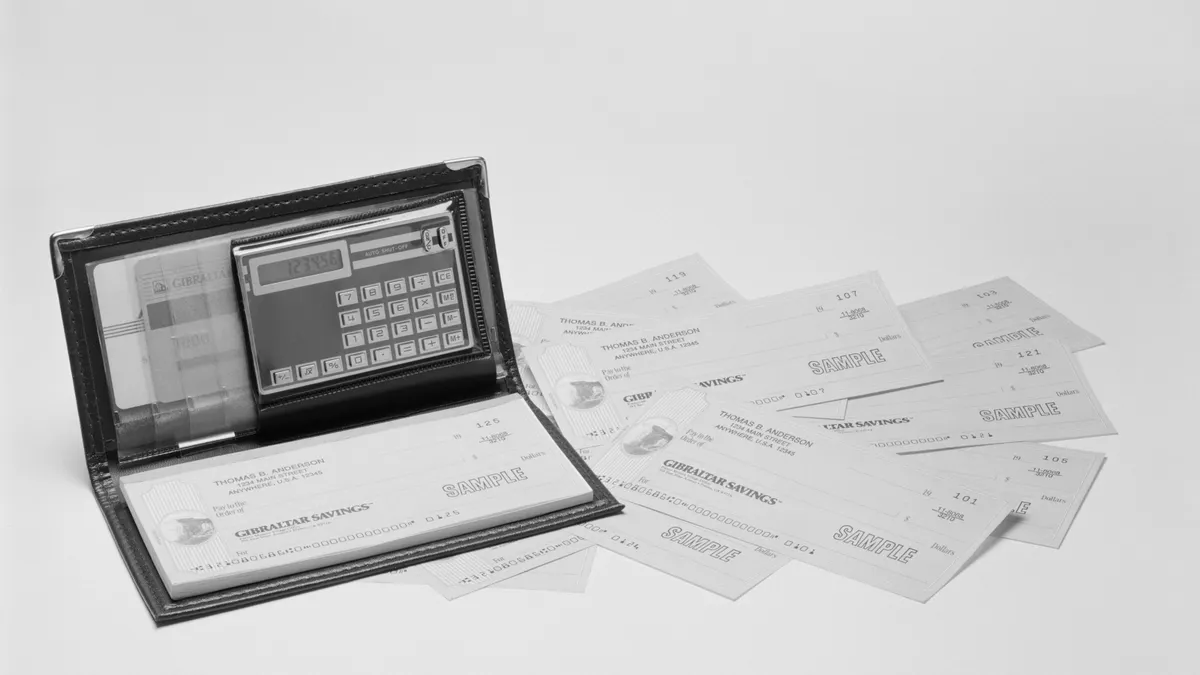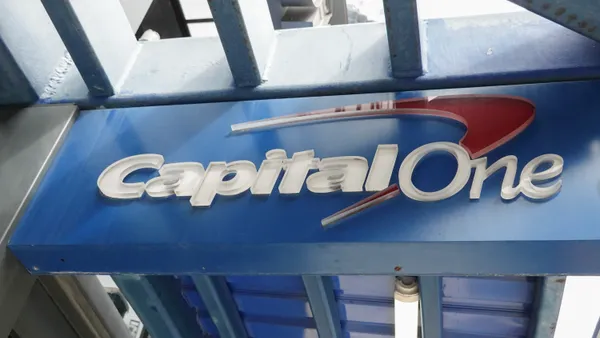Ani Narayan is the product lead at the San Francisco-based payments software company Modern Treasury.
Instant payments are on the rise with the launch of the FedNow rail a year ago in July. More than 900 financial institutions have signed on with thousands more likely.
It’s the first new payment rail in the U.S. in four decades and, like any new payment rail, including ACH, it can take years or decades to go mainstream.
Already, companies are leveraging instant payments via FedNow, or the previously launched RTP network, for such things as faster brokerage payouts and escrow settlements, which can now occur 24/7/365. Additionally, there is a growing demand for instant microdeposits, where companies can verify new customer accounts instantly using RTP and FedNow, streamlining the user experience.

But significant investments are still needed to accelerate corporate adoption of FedNow and RTP so that companies will add it to their arsenal of payment rails.
For companies to adopt instant payments en masse, the payments ecosystem – including the Fed, banks, processors, and others – needs to build trust, enhance efficiency, reduce risk and enhance security around instant payments. A framework around key components, including infrastructure, interfaces and instructions, will make that more possible.
Infrastructure is the foundation provided by networks, banks and software providers, and it includes a unified directory that acts as a centralized system to manage eligibility and account limits as well as deny lists that track fraud. With that, customers will be more able to initiate RTP/FedNow payments and RFP (request for payment) requests with confidence.
RFP is a powerful feature of FedNow and RTP, enabling instant, irrevocable, and 24/7/365 pay-ins. However, in its current state, it only facilitates individual payments that need to be authorized every time. Debit authorization mandates for RFPs are required to facilitate recurring payments use cases like bill payments or payroll debits. This can replace traditional methods like ACH debits and wire drawdowns. It will also address ACH debit fraud and reduce the operational costs associated with wire drawdowns. By simplifying the process and enhancing security, corporates can save on fees and streamline their payment operations.
Intentional and configurable delays for unrecognized counterparties or transactions above certain amounts will be needed to reduce fraud. For instance, the first payment to an unrecognized counterparty could be delayed by an hour, providing time to cancel the payment if fraud is detected.
Real-time reconciliation and data visibility are also needed for good financial management. Being able to know where a payment is at any given time, whether it failed or went through, for instance, is critical to sync systems, manage cash flow and make product choices. Today, banks often only provide end-of-day, or intraday, reporting. That’s not fast enough for companies to manage instant payments.
Interfaces need to be standardized to ensure a consistent and reliable payment experience for businesses and consumers. Today, different banking apps have fragmented user experiences when it comes to RFP, for instance. Standardizing the RFP UX for banks and merchants will drive adoption and help users learn and trust the new payment behavior.
Other interface enhancements could include unified identity to move past bank accounts and routing numbers being the sole identifiers for payments; QR Codes for in-person payments and instructions that provide clear guidelines and standards on managing risks of instant payments.
Currently, the lack of comprehensive guidelines creates confusion and hesitancy. Explicit guidelines that delineate responsibilities and risk ownership across banks, processors, corporates, and end-users will reduce both confusion and hesitancy. Guidelines should provide a framework for managing fraud and losses.
Legal updates to expressly enable payments by FedNow and RTP will accelerate adoption. In real estate, for example, states have “Good Funds” laws that govern payment methods for closing funds. Such laws were often adopted long before irrevocable real-time payments and do not expressly list these new rails as permitted payment methods.
Instant payments will no doubt be transformative for companies and financial ecosystems in the U.S. as they’ve already been in other countries. The U.S. payments industry can make this transformation happen faster by focusing on infrastructure, interfaces, and instructions. Companies–and consumers–will win with increased payment efficiency and speed.


















